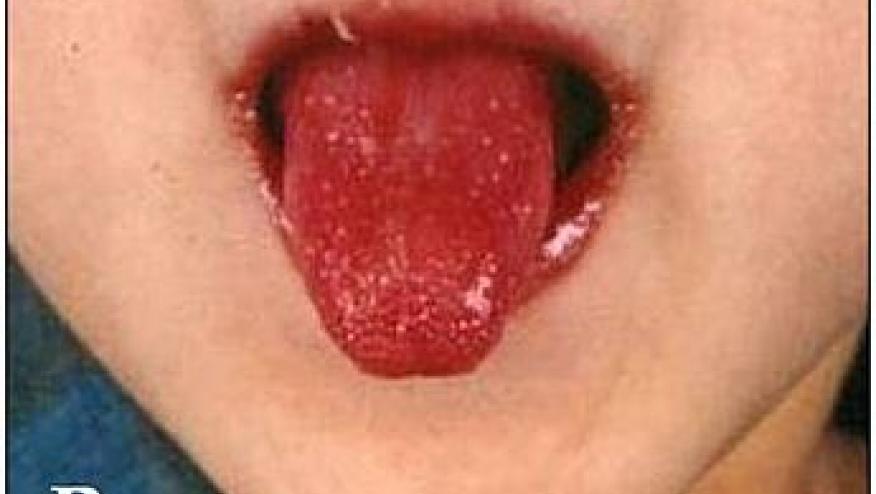Rare Inflammatory Syndrome in Kids with COVID-19 Save

Pediatricians are asking the question - could this be a rare manifestation of COVID-19 in children?
There are now 3 case reports in the U.S of children infected with the coronavirus who have developed what looks like Kawasaki's diseaes. Simimar reports have been seen in the UK, Italy and Spain.
This rare syndrome has been described from 3 children (age from 6 months to 8 years) treated at Columbia University Medical Center in New York, who manifest fever, abdominal pain and gastrointestinal symptoms and evidence of cardiac inflammation.
A similar report from Stanford University describes a 6-month-old was admitted to the hospital with Kawasaki disease and was later diagnosed with COVID-19, the illness caused by the new coronavirus. Interesting as Kawasaki disease has long been postulate to be a post infectious disorder.
In the UK, the National Health Service reports a small number of cases of critically ill children with overlapping features of toxic shock syndrome and atypical Kawasaki disease who happen to be Covid-19 positive.
These reports are unusual as children appear to be much less affected by COVID-19 cases and there are very few with severe disesase.
Dr. Jane Burns, director of the Kawasaki Disease Research Center at the University of California San Diego, said it is unclear if the cases reported to date are related to COVID-19.










If you are a health practitioner, you may Login/Register to comment.
Due to the nature of these comment forums, only health practitioners are allowed to comment at this time.